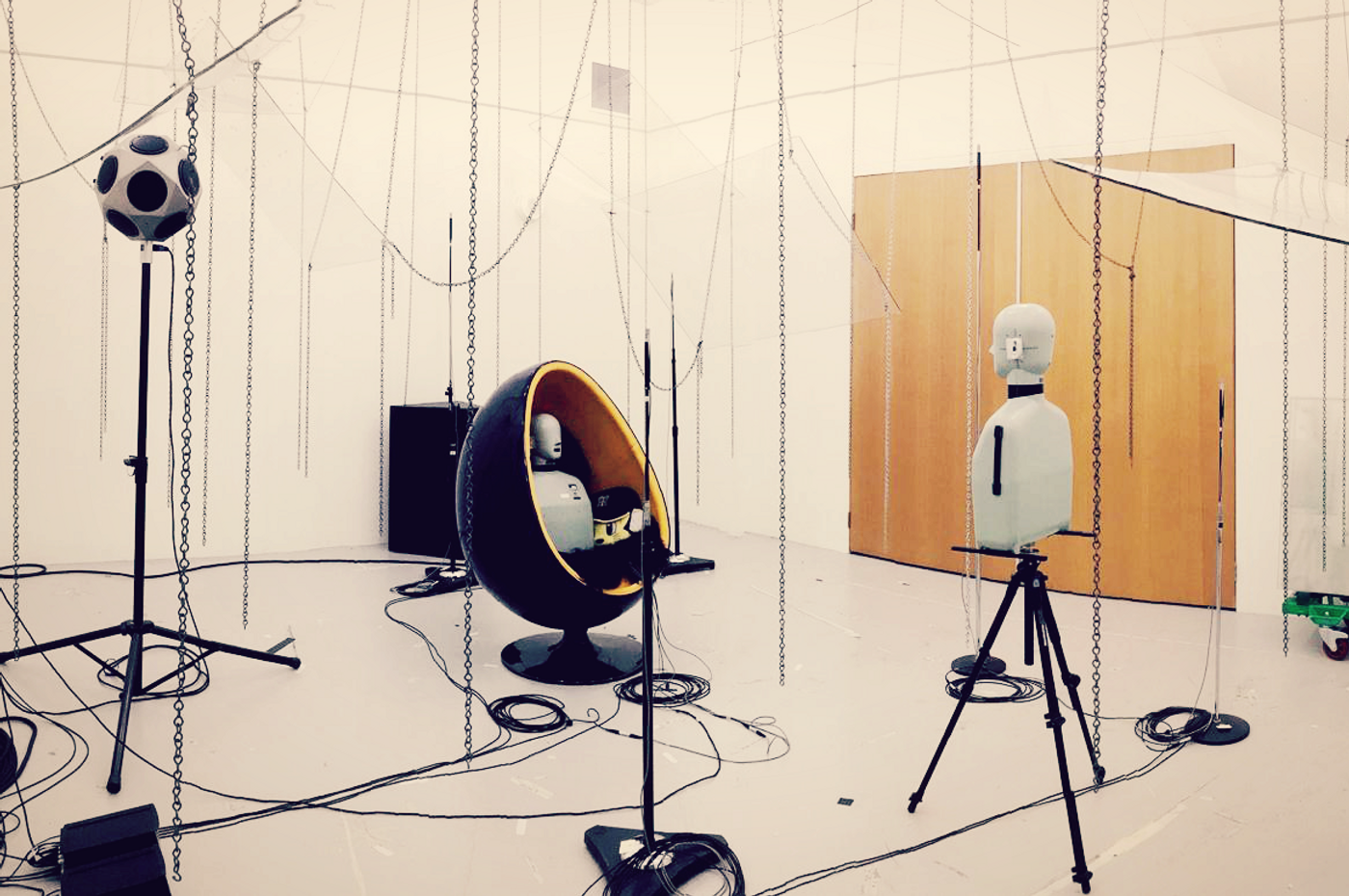Will an Acoustic Island Protect Your Work Space From Noise?
Anyone who has struggled with thinking, communicating and working in a loud setting might appreciate the noise-reducing experiments being conducted by researchers from the University of Sydney. They are focusing on open-plan offices that can often become louder than preferred by their users. Specifically, the team led by Postdoctoral Researcher Manuj Yadav is working on creating space within an open office where local conversations and sounds are amplified, so that workers can concentrate on the close-up conversations they are having, and not the voices of others around the room. These areas are being called “acoustic islands,” and Yadav presented the related work at the 175th Meeting of the Acoustical Society of America, which was held May 7-11, 2018, in Minneapolis, Minnesota.
The researchers are changing the physical properties of test rooms in order to alter how noise moves in different areas, with the use of augmented furniture and specialized retroreflective surfaces. These surfaces send the sound waves back to their source; to the person talking. Yadav explained:
The local acoustic treatment we've studied so far includes the use of high-back chairs -- with or without sound absorption near the head -- and retroreflective ceilings that reflect sound back in the direction of the source, which allows you to hear your own voice reflected back to your ears much louder than is possible with flat or other types of hard ceiling surfaces or absorptive ceilings.
The theory behind the use of ceilings that reflect sounds back to their origin is that people tend to speak louder when they cannot hear themselves well and/or feel they are not heard. An extreme example of this is known as “the cocktail party effect,” wherein everyone is shouting, trying to force their voices to a higher volume than that of their neighbors’. This type of noisy escalation could be very disruptive in a work environment.
When the room itself sends a person’s voice back to their ears, the person feels heard and tends to speak at a normal level or lower their voice. Using retroreflective surfaces in this manner is novel, a University of Sydney press release states, and Yadav hopes it inspires more research into other possible applications. He also hopes he and his colleagues’ efforts to qualify the acoustic effects of furniture proves helpful to others in the field of acoustics and design. For example, sound-reducing office chairs are becoming more popular, but are not necessarily proven to be effective.
“Unfortunately, today these products are just labeled acoustic for marketing purposes -- without any data or justification,” Yadav said.
Most of the testing of the acoustic islands has occurred in a lab setting, and the researchers recognize they need to try out the systems in diverse professional environments. But, Yadav is pleased with the results so far. He said the innovative noise-focusing set-up they are developing “can, in many cases, provide substantial enhancement for speech communication at short distances and reduce the disturbance due to ambient noise when you're trying to concentrate."
Yadav’s presentation, "The irrelevant speech effect in multi-talker environments: Applications to open-plan offices," took place on May 7, 2018.
Source:









